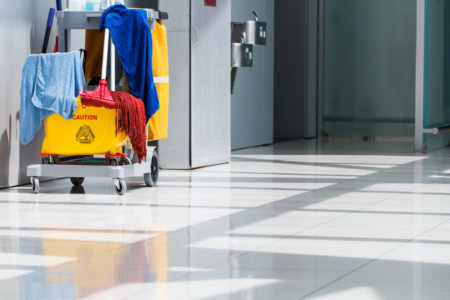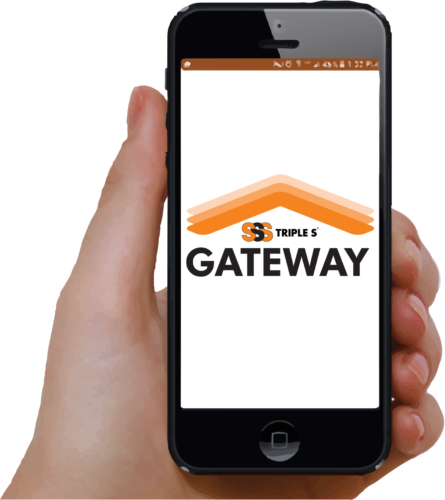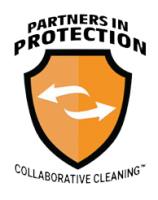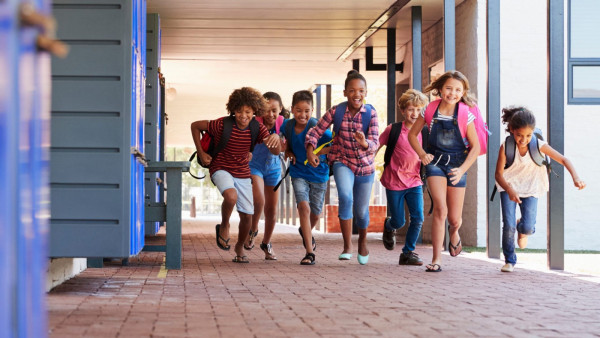INTRODUCTION & SUMMARY
 The third and final step is to ensure success through planned monitoring and inspections. To do so, it will be important to establish a Quality Plan that lays out the following:
The third and final step is to ensure success through planned monitoring and inspections. To do so, it will be important to establish a Quality Plan that lays out the following:
- When will inspections take place?
- What specific rooms, areas, items, and surfaces will
be inspected?
The protocols outlined in Step One – Establish for
Protection – include specific recommendations in
terms of what should be inspected and how frequently. - Who will perform the inspection?
Each school should identify a couple of individuals who can conduct reviews in an unbiased/fair manner. It is also important for the same inspector to assess the same area over time to ensure consistent results. - How will the inspection be performed?
With regards to how the inspection will be performed, there are a couple of key options.- Sense-Based inspection – The most common inspection process involves using one’s senses- sight, smell, and touch. Does the item, surface or area look clean? Are there odors?
- Fluorescent Markers & Blacklights – Using a special pen, marks are placed on a variety of surfaces and a blacklight is used to see whether the marks have been removed.
- ATP Monitoring – ATP is a molecule found in and around living cells and special meters can measure the ATP on a surface/item. Measurements are taken by swabbing the surface and inserting the swab into the meter. ATP can be useful in showing reduction of organic material but there are limitations.
Viruses are not alive and are not measured by ATP.
The use of disinfectants may affect ATP results, so testing should be performed after wiping but before the application of disinfectant.
- How will cleanliness be “measured”?
This involves a full understanding of the cleanliness rating system that will be utilized. The PiP program recommends either the Triple S Inspection Evaluation Rating System for Cleanliness (TIERS-C); or APPA’s Five Levels Of Clean.
Detailed information on both rating systems is provided in the PiP package of materials. - What tools will be used?
Will inspections be tracked using a mobile application, hard copy checklists or another source. - How will reporting be handled?
A sample Quality/Inspection Plan is available through the PiP program.

Regardless of how inspections are performed, they are a necessary part of a custodial program. Besides allowing a school to assess whether cleaning and disinfecting services are being performed as expected and desired, they also act as an effective accountability tool. This is especially important when working with a third-party cleaning service provider to ensure they are meeting target standards.
Finally, keep in mind that the exclusive goal of inspections should not be to catch poor performance and instill discipline. Rather, inspections are a great way of identifying outstanding performance and we must always remember to highlight and celebrate success.
Fortunately, there are a variety of tools that will make the inspections easy including hard copy checklists and mobile applications that allow inspections to be performed on a phone or tablet. We strongly recommend the Triple S Gateway mobile platform which includes assessments based specifically on the PiP protocols and is designed to work with the program.




